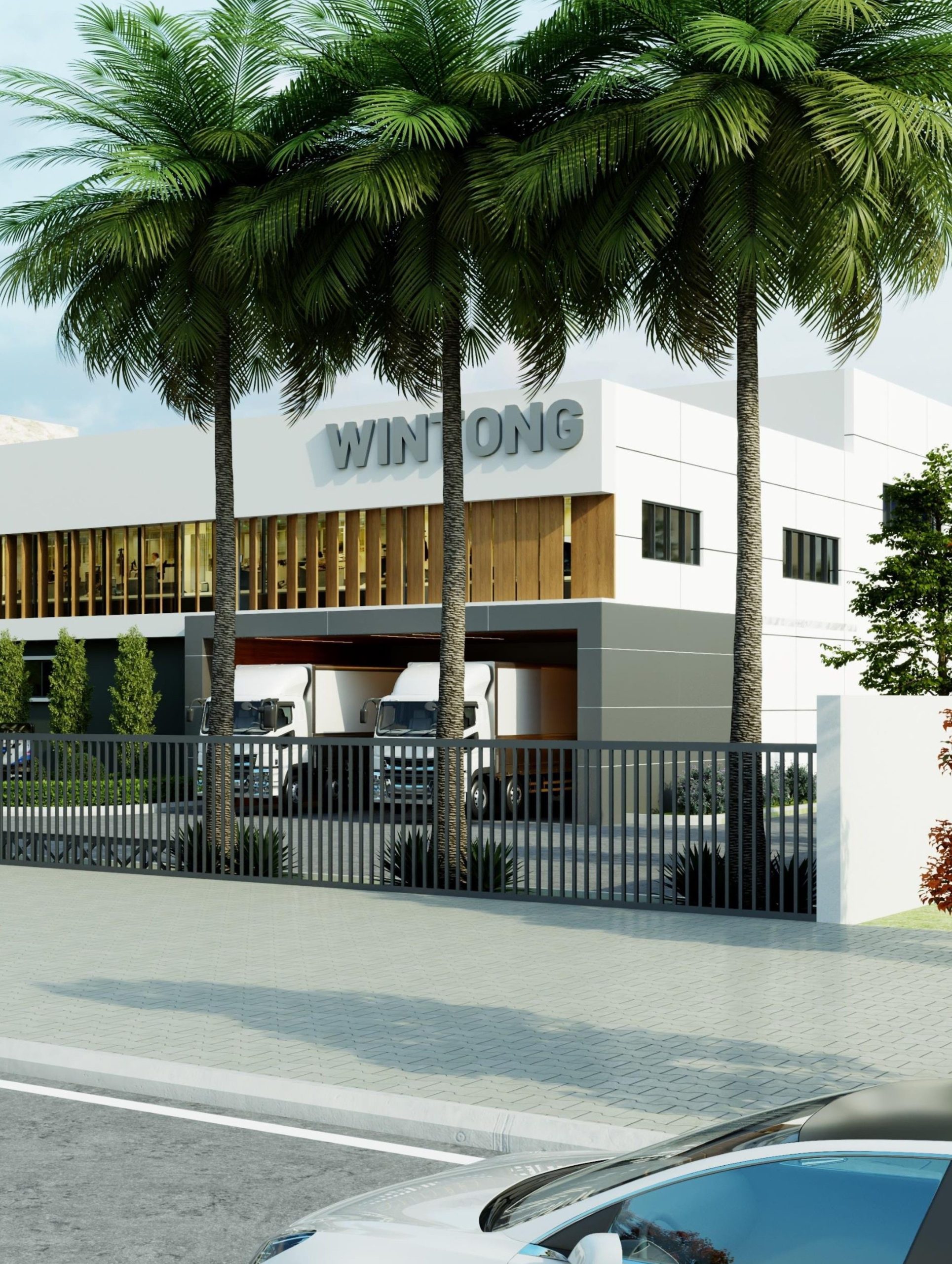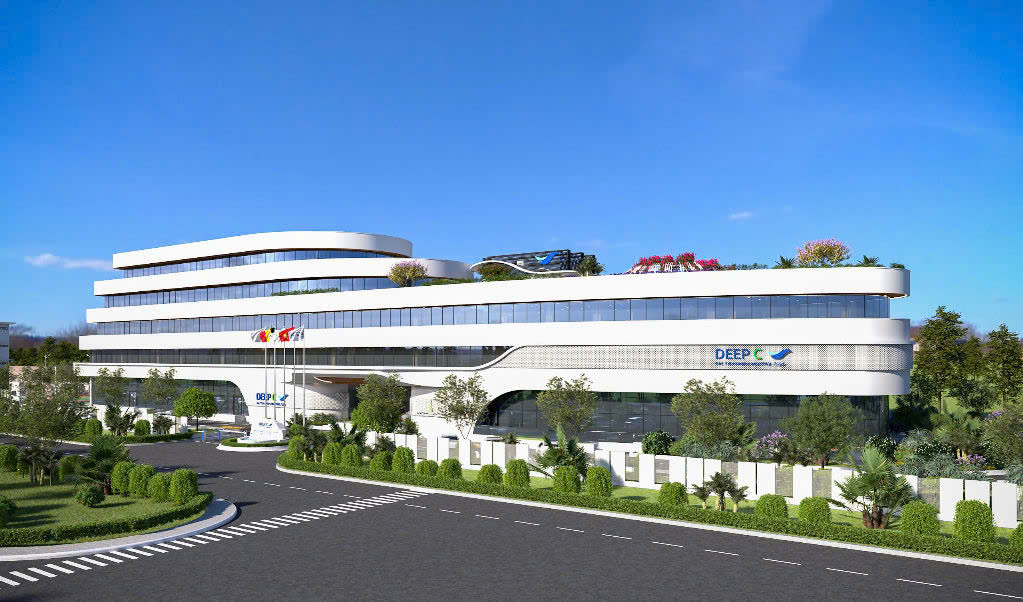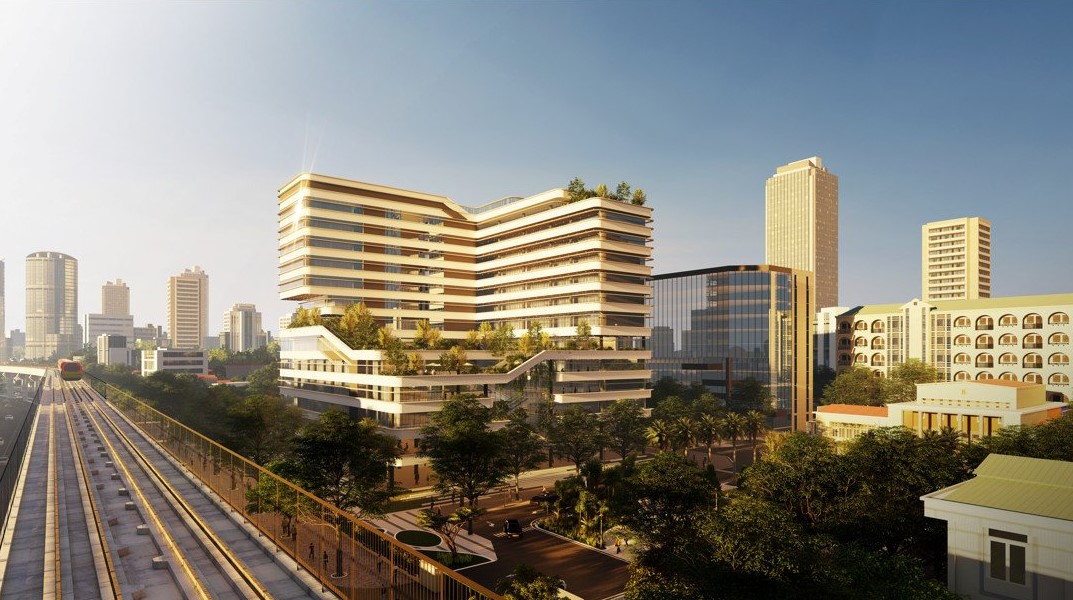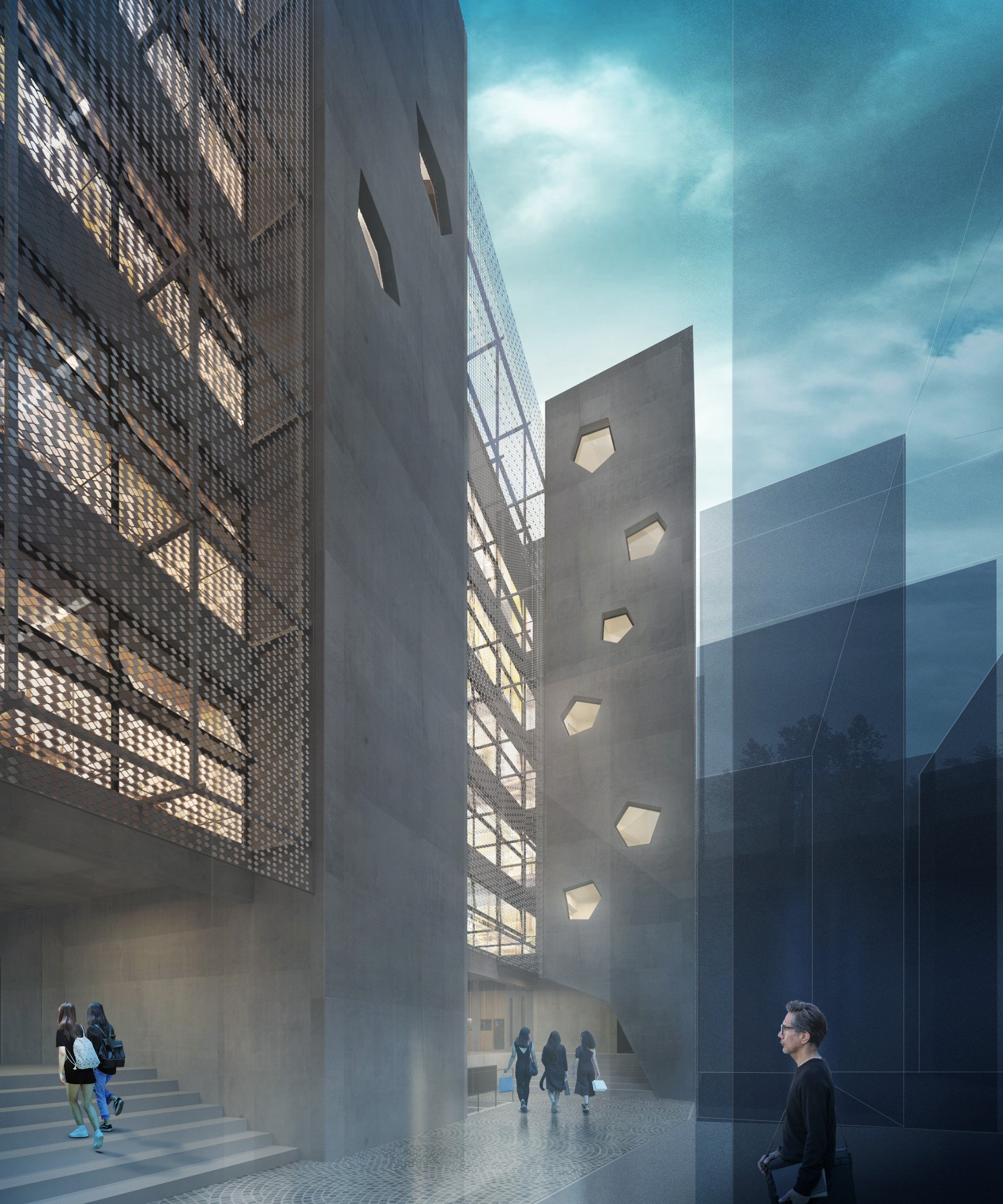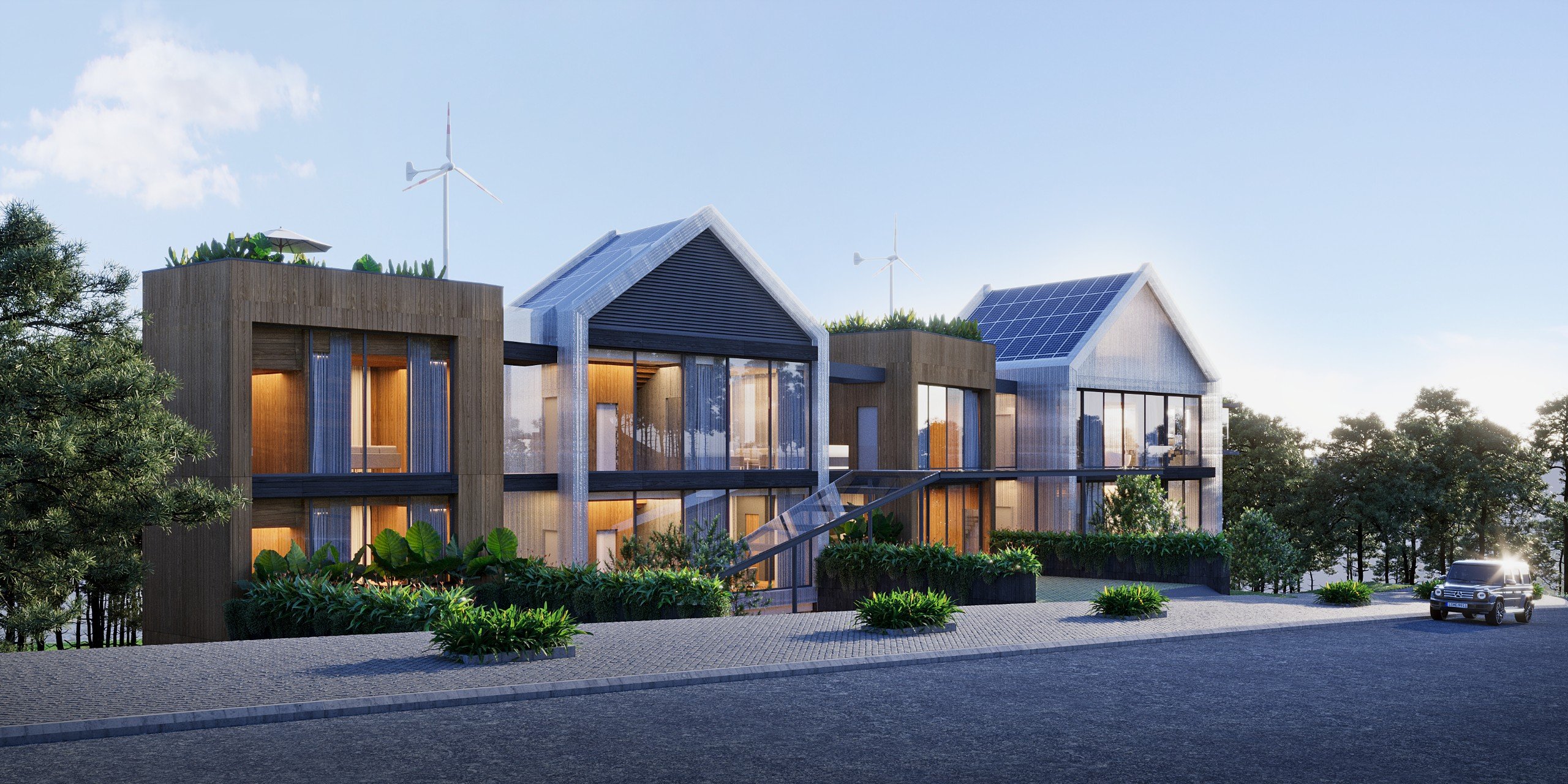OPTIMIZATION OF BUILDING DESIGN BY USING ENERGY SIMULATION TOOLS
Energy simulation modeling for buildings is a method to predict the energy efficiency and comfort of a building in advance, thus avoiding mistakes and risks that can hardly be corrected after the building is put into operation. Critical design decisions will be carefully evaluated to achieve benefits such as minimal energy consumption and investment costs, and living comforts are well controlled and guaranteed.

BUILDING ENGERGY SIMULATION
EDEEC can support your project from the design task planning to the acceptance stage as part of the integrated design process. We provide detailed & timely technical feedback to keep track of the project and achieve the original goal. Based on our years of experience simulating nearly 70 buildings, we guarantee accurate simulation results, along with advising on energy-efficient solutions for engineering systems (MEP, HVAC, facade, etc.) for high performance.
EDEEC’s strength is to optimize the building’s engineering system, including
- Determine the optimal capacity of the air conditioning system based on the 8,760h load diagrams
- Timely control of the thermal comfort for each space
- Seek out technical solutions to increase the efficiency of the system
- Analyze and evaluate the effectiveness of each solution
- Cumulatively analyze and identify the most profitable distribution solutions.
- Check the commissioning stage and adjust the schedule if necessary
- Provide advice on choosing the optimal equipment with the best payback time…
Our services include
- BUILDING ENGERGY SIMULATION
- PROVIDING INTENSIVE OPTIMIZATION OF HVAC
- CALCULATING EQUIPMENT SELECTION AND CONSTRUCTION MATERIALS BASED ON INVESTMENT COSTS, OPERATING COSTS, AND PAYBACK TIME
- ANALIZING ILLUMINATION AND LUMINANCE
- THERMAL COMFORT
- CALCULATING AND CONSULTING THE THERMAL EFFICIENCY OF THE BUILDING'S ENVELOPE
- SIMULATING THERMAL AND WIND IMPACT ON THE SURFACE OF THE BUILDINGS
BUILDING ENERGY SIMULATION

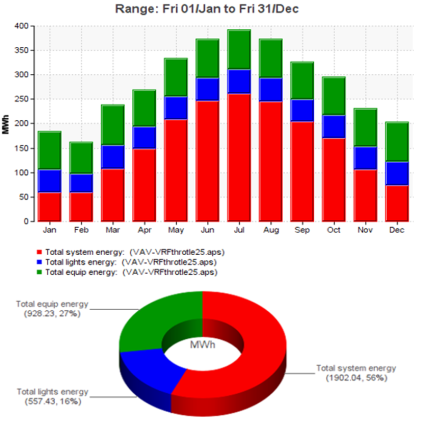
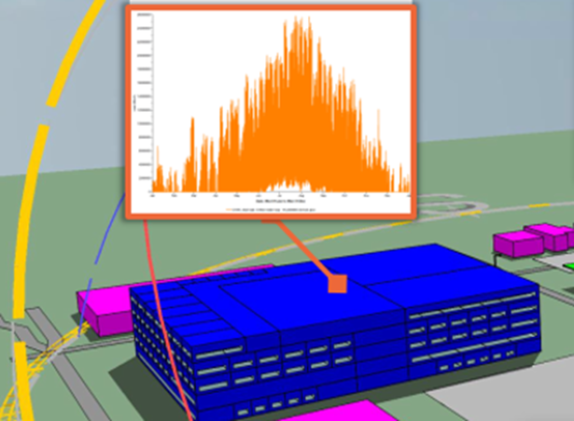
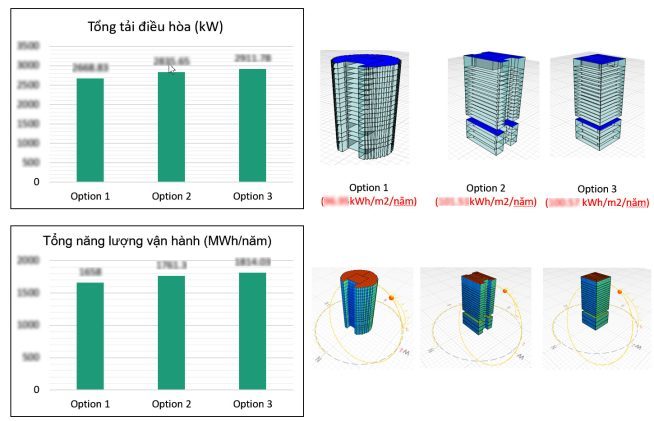
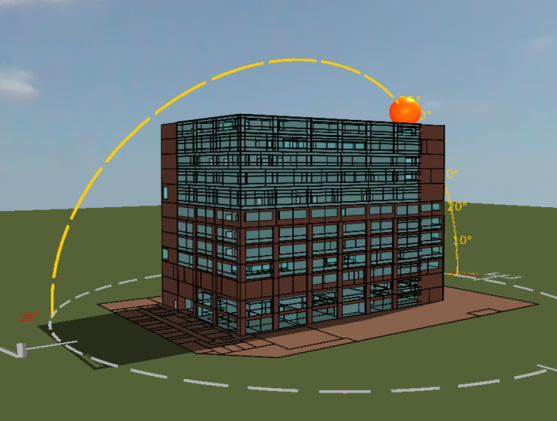










EDEEC uses modern calculation methods and advanced building energy simulation tools specialized for engineers to digitalize building designs and provide detailed analysis to support design, including:
- Determine the energy consumed and the contribution from the consuming components to the total energy consumed
- Compare with the base model to show building savings
- Determine the optimal capacity of the air conditioning system based on the whole year load diagram
- Determine the peak of the air-conditioner load
- Analyze energy-saving measures and how they affect the end-use energy-saving results
- Evaluate passive design strategies including shading, building form, thermal mass, and natural ventilation…
- Determine the thermal comfort for each space and the extent of the impact of overheating
- Suggest whole building ventilation strategies include natural, mechanical, and combined ventilation solutions
- Perform analysis for natural lighting, solar radiation, and luminance
- Undertake a detailed simulation to find out operational correction solutions, including solution sensitivity analysis and cumulative analysis, and change summary for the best results
- Apply in practice and test run, work with BMS suppliers and operations management to calibrate, calculate optimal payback time, and monitor the achieved effect for deeper weighing.
OPTIMIZING AIR CONDITIONING SYSTEM
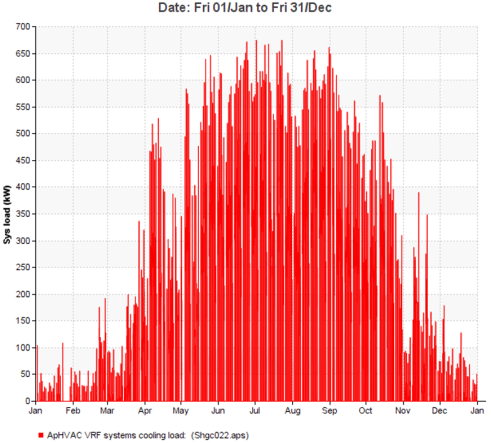


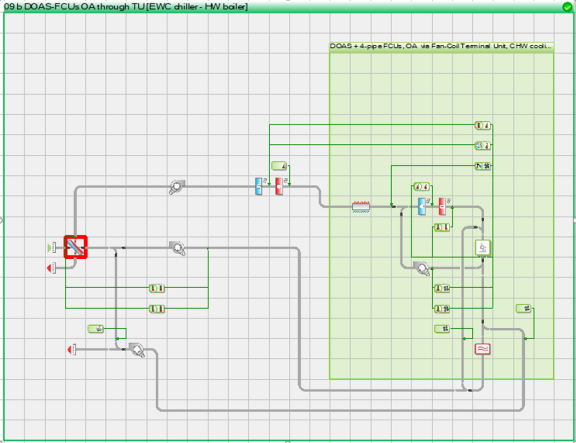




HVAC system requires a significant initial investment cost and accounts for up to 40-50% of energy consumption in buildings. Performing optimization simulations and in-depth analysis of the HVAC system, as well as its coordination with the building envelope, is an extremely vital step. Undertaking well this step will help the project gain significant economic efficiency from the investment stage to the operation stage.
With our in-depth technical knowledge, EDEEC can implement the following detailed steps:
- Simulate accurately the operation of each component of the entire system using the performance curve and operating schedule indicators.
- Evaluate possible differences in the design of the MEP system
- Use the simulation to refine the capacity of the air conditioning system based on a whole year load diagram. This includes the chiller room, pump system, cooling tower, and details about the size of the CFU units in each room and space in the building.
- Seek out detailed operational calibration solutions to ensure the most efficient system
- Perform detailed reports on the design and operation of the HVAC system, energy savings opportunities and dynamics impacting the result, sensitivity analyses, cumulative analysis, and payback time for proposed energy-saving solutions.
OPTIMIZING INITIAL INVESTMENT COSTS





EDEEC uses the most modern building energy simulation technology to search deeply for optimization, especially in the areas of energy efficiency and environmental quality, and building amenities. These are two key items that require in-depth technical knowledge but thereby help reduce and optimize the total initial investment costs thanks to:
- Using detailed simulation data, such as the whole-year load diagram, to ensure the optimum lowest capacity of the air conditioning system while ensuring the maximum thermal comfort for all spaces.
- Related technical systems such as pumping systems, electricity, and pipeline systems are also optimized in terms of size and installed capacity.
- EDEEC will perform simulations to find out deep optimization, especially in terms of reasonable power distribution, review the operational factors in detail, understand how the HVAC system works in coordination with other systems, and provide detailed design data for MEP consultants to implement. This will help to allocate investment capital into the most expensive design components such as air conditioning, electromechanical systems, and the skin of the project… Thanks to that, the project achieved the lowest total investment while still ensuring outstanding quality and comfort.
- EDEEC helps to provide the building operation requirements for the BMS supplier to perform the programming.
- Based on detailed data of energy simulation technology and equipment suppliers, it helps investors choose the most efficient option, with an analysis of the optimal payback period.
EDEEC can provide analysis in the form of charts comparing design options with initial investment costs, energy efficiency, and thermal comfort to recommend the optimal solution.
ANALYZING ILLUMINATION AND LUMINANCE
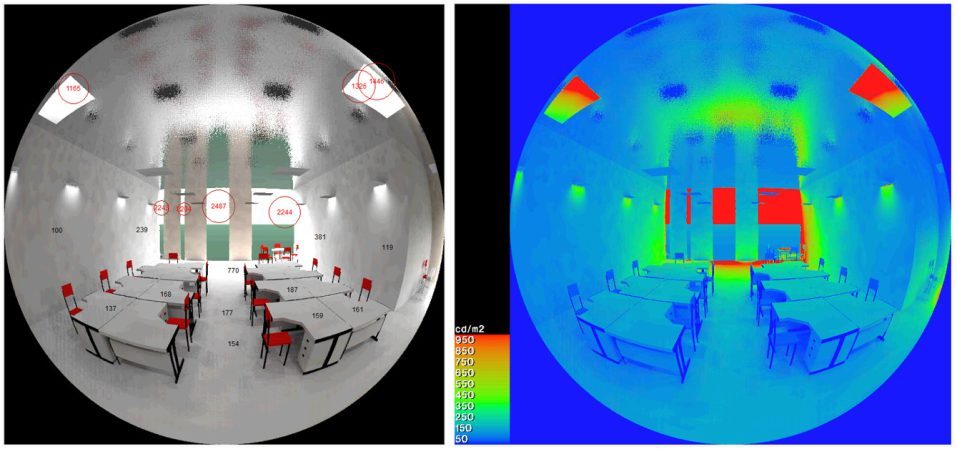






Proper natural light and glare control for each space not only results in significant energy savings by reducing the energy consumption of the lighting system but also offers quality health and comfort and improved work efficiency for the working space.
EDEEC uses state-of-the-art building energy simulation technology to perform optimal design consulting analyses that take advantage of natural light. This includes modeling natural lighting based on climate conditions for each space and performing simulations that give natural light intensity results for each space plan with high-quality photos and tables summarizing natural lighting efficiency data to illustrate performance comparisons between design alternatives, from the conceptual design stage.
The luminance analysis for each area shall be conducted to compare luminance for each point for different design options.
THERMAL COMFORT

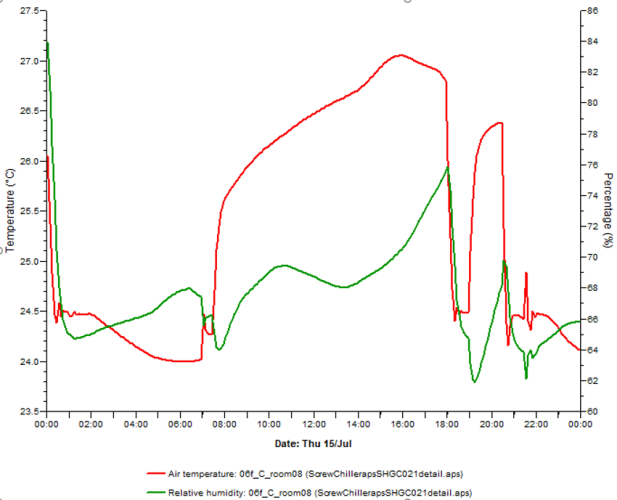




Resource-efficient building design is not only concerned with energy efficiency but is also a very significant factor in occupants’ health and comfort, especially thermal comfort. In the absence of thermal comfort, conventional energy efficiency solutions will not be sustainable in the long term and will revert to “conventional” solutions that focus on safety, such as installing equipment that exceeds its capacity and wasting energy.
EDEEC’s energy-efficient design process is always accompanied by tight control of thermal comfort for each space with specialized software that provides statistics for the ambient temperature, radiant temperature, operative temperature, and air humidity in graphs and tables for 8760 hours of the year.
OPTIMIZING THE DESIGN OF BUILDING ENVELOPE

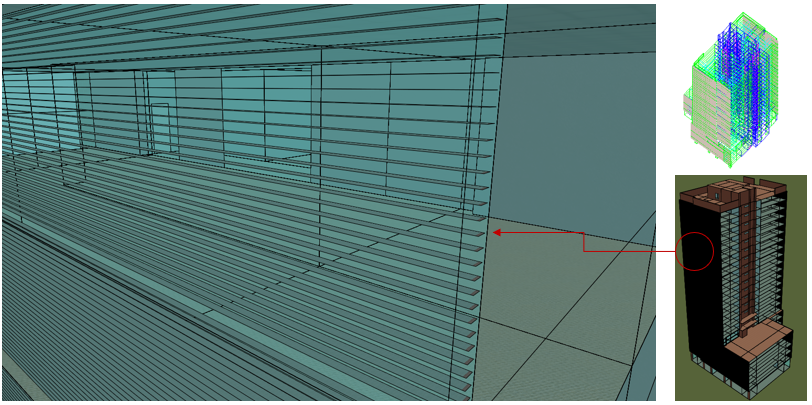
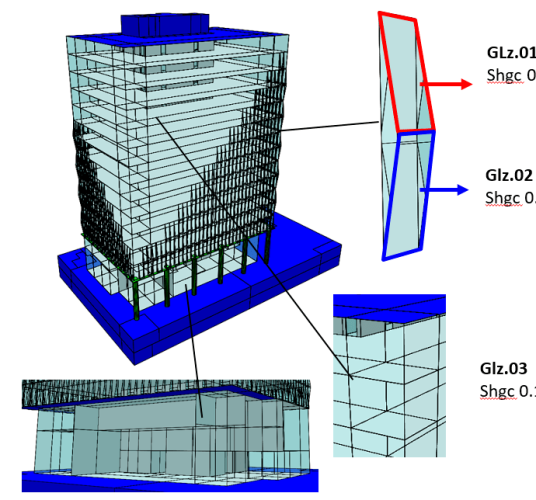




We have many years of experience advising clients on building envelope solutions, including choosing the glass cover option, designing the wall shell structure, and insulating the roof optimally. The envelope design should be considered in order to maximize the efficiency of the HVAC system and to provide ultimate comfort in terms of temperature, light, and noise. The projects consulted by EDEEC will be thoroughly analyzed for the cladding options along with the HVAC system design options to achieve simultaneous goals such as the lowest energy consumption, the lowest initial investment cost, the best thermal and lighting comforts, and the most efficient maintenance plan.
SIMULATING THERMAL AND WIND IMPACT ON THE SURFACE OF THE BUILDINGS
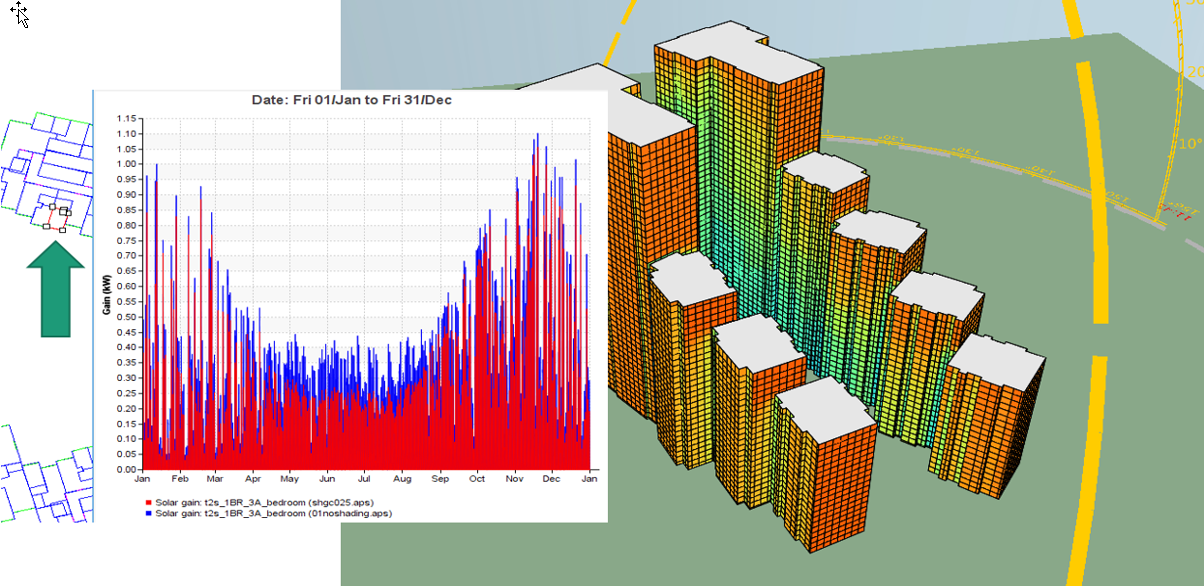
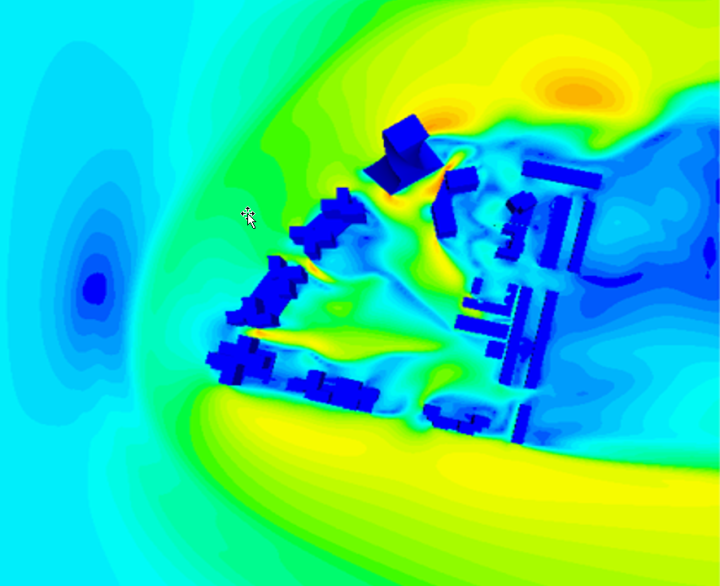
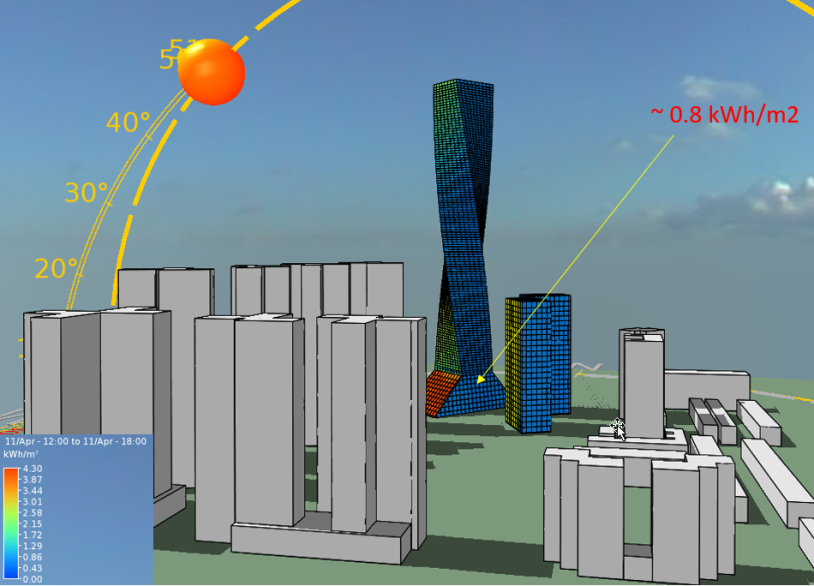





EDEEC supports design units and investors to calculate heat radiation and wind pressure on the surface of the building. This will optimize the design of the envelope, shape, and shade for the building.

